Despite what your 5th grade bullies might have told you, Pokémon is definitely not a game for little kids. With more math than you’re average 4th grader can handle, Pokémon is an extremely complicated game that can be hard to jump into. With only a spartan amount of in-game help and an almost overwhelming breadth of fan-written information, just finding a place to start can be daunting.
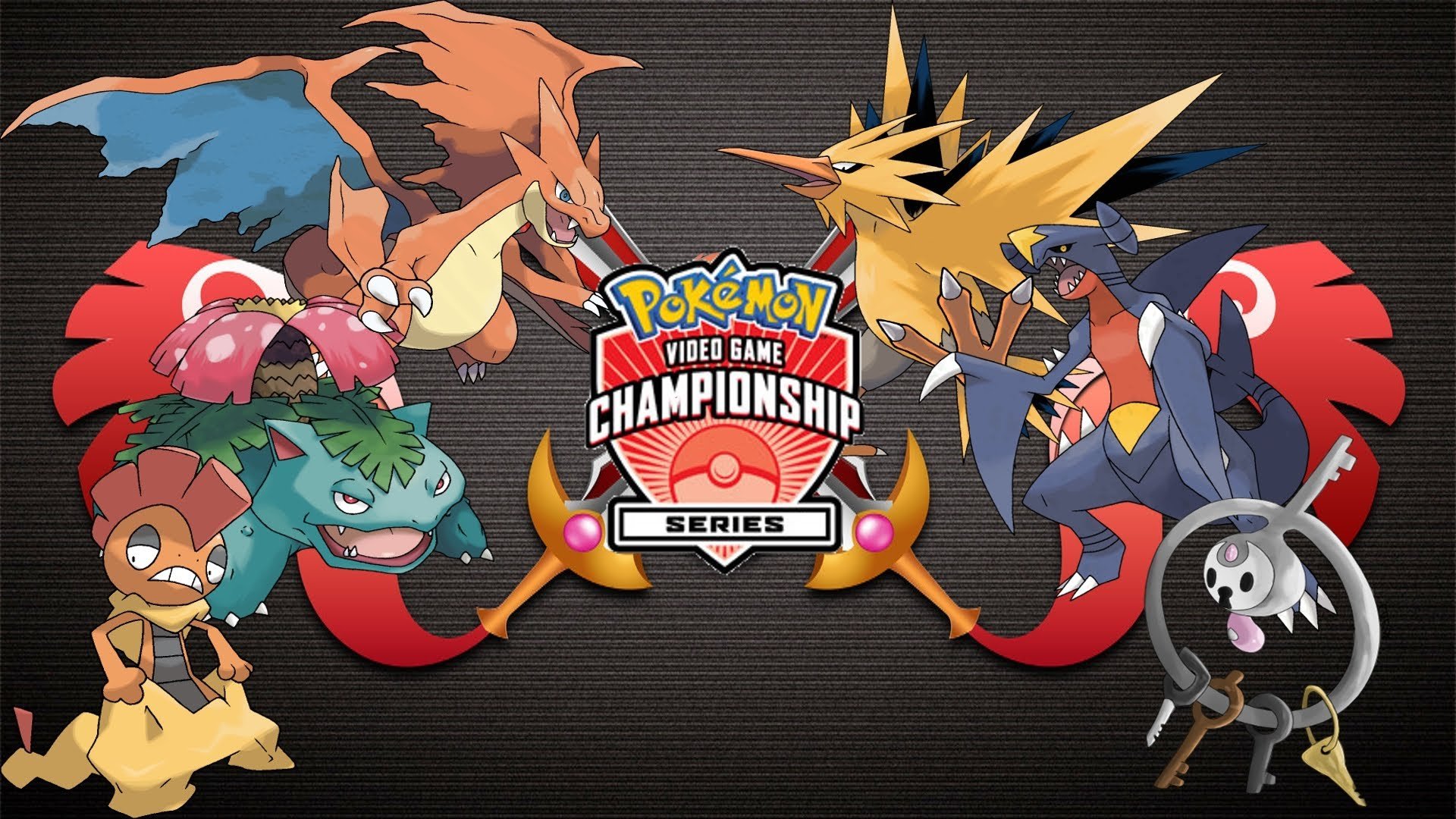
This piece is for the Pokémon fan whose always wanted to take his battling to the next level, but never knew where to start. This collection of knowledge isn’t meant to be exhaustive or comprehensive, but hopefully it will give a few of you a good place to start.
IVs, EVs, and Natures
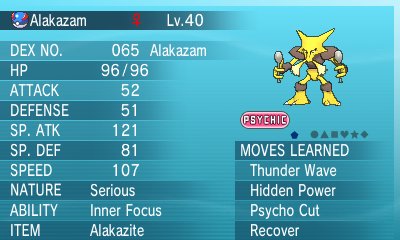
There are a lot of components that go into making a Pokémon’s stats, but the most essentials ones are its Base stats, IVs, EVs, and it’s nature.
Basestats (now officially referred to as “species strengths”) are the inherent and unchangeable that define a Pokemon species’ potential. The higher the base stat, the higher the end value is. When picking a Pokémon, it’s important to tailor its role to its inherent potential; you wouldn’t want to give a Pokémon with a very low Attack value tons of attacking moves, nor would you want to make a Pokémon with very low natural defenses one of your defensive core.

A Pokémon’s Individual values (or IVs) are like it’s genes; they are inborn values that determine how high any Pokémon’s six different states will develop. IVs range from 0 to 31 and cannot be changed once the Pokémon hatches from an egg or is caught, however breeding Pokémon with high IVs and the use of the Destiny Knot, Pokémon can be bred to have higher IVs.
Like IVs, Effort Values (EVs) are also hidden statistics that determine a Pokémon’s stats, but EVs are completely controlled by the player and can be allocated in a variety of ways.
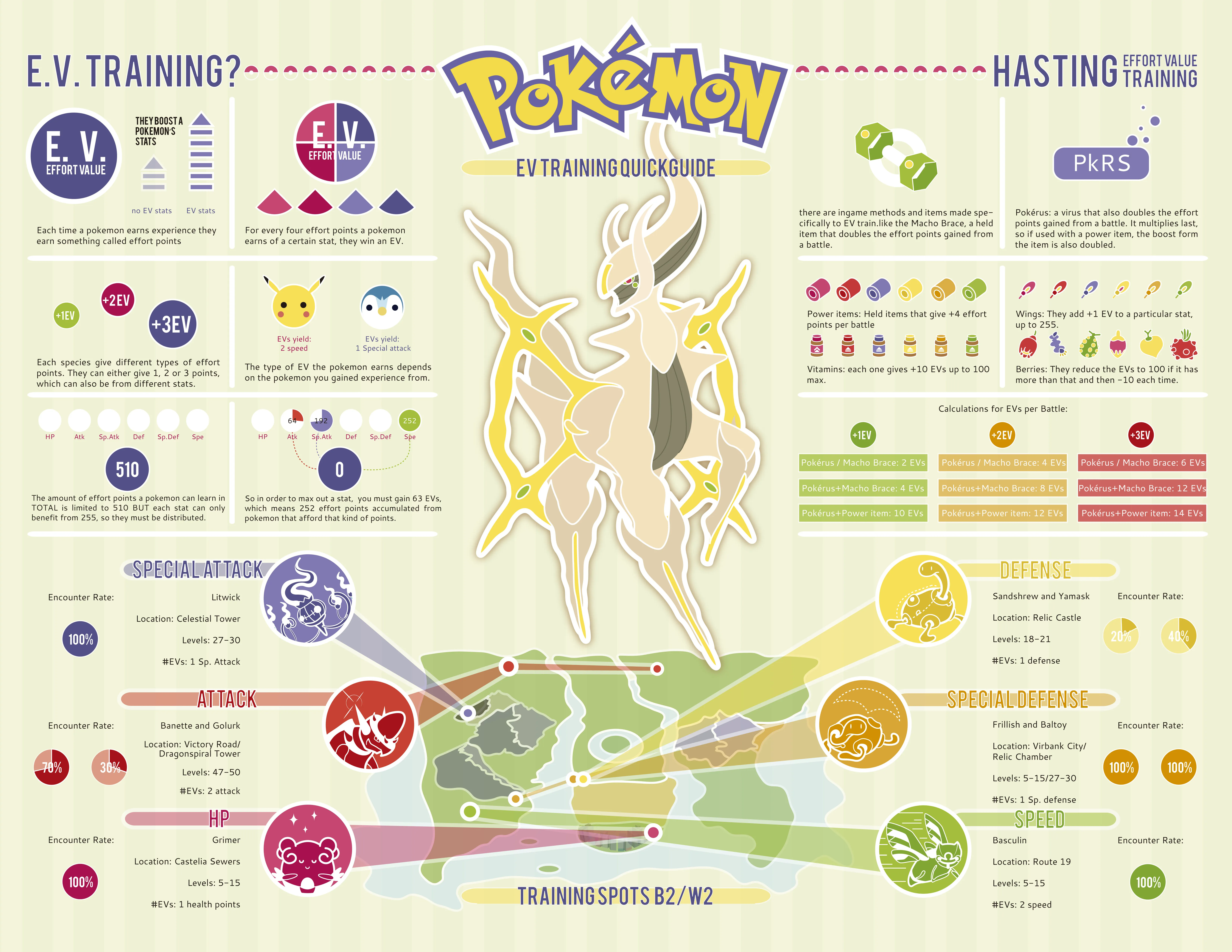
Each Pokémon you battle will give off a certain number of EVs; for example, battling a Pidgey will get you 1 speed EV, and defeating a Mewtwo will get you 3 Special Attack EVs. At Level 100, for every 4 EVs a Pokémon has in a certain stat, that Pokémon will gain 1 additional point in that stat.
Finally, a Pokémon’s nature affects the stat growth of two of the Pokémon’s stats. Each nature raises a given stat by 10% and decreases the effectiveness of another by 10% (except for 5 natures that don’t have any effect at all).
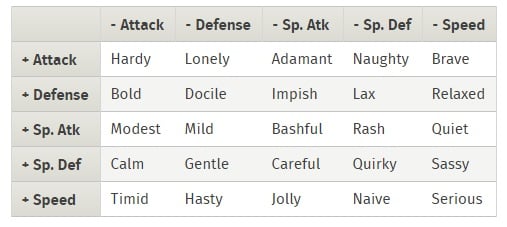
Breeding
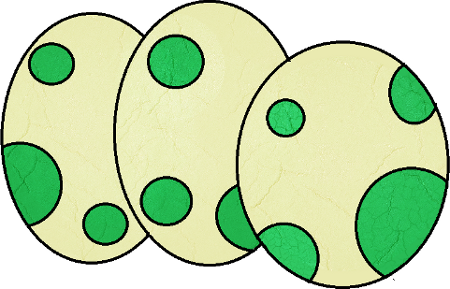
Breeding Pokémon is the most essential part of building a good team, but it’s also the most tedious, annoying , and time consuming. Only through breeding can you get a Pokémon with the perfect IVs, abilities, and moves that you need to make your team work.
Check out the video below for a great in-depth explanation about the most effective breeding methods in Pokémon Omega Ruby and Alpha Sapphire.
Pick a Format:
This is probably the easiest part of the competitive Pokémon process. There are 2 basic formats that you can choose from: the single 6 v 6 battles that you’re probably already used to, or the official Pokémon VGC Doubles format. Both have their own appeal, and choosing one or the other comes down entirely to preference.
While there is no official traditional singles battle competitive scene, there is a vibrant fan community regulated by Smogon University.
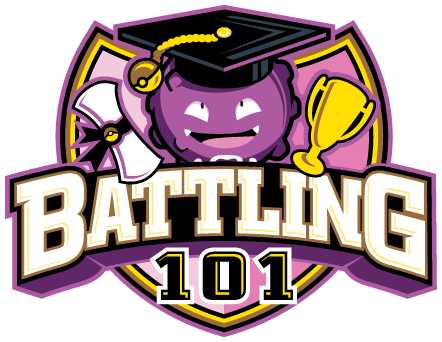
Again, there’s nothing objectively better about either format, just pick whatever floats your boat.
Building a Team:
To build a successful competitive team, you’ll need at least a basic understanding of the most popular threats in any given metagame. If you’re going to be playing using Smogon’s rules, check out the usage stats tab on the Pokémon Showdown homepage. If you’re going to be playing by VGC rules, check out Pokémon Global Link for all that good stuff.

Once you’ve figured out what’s competitively viable, pick a Pokémon (or 2) that you’ll want to use as your starting point. To fill up the other empty slots in your roster, you’ll want to cover your other Pokémon’s weaknesses and complement their stregths. Are you using Pokémon with the Swift Swim ability and need Pokémon to set up the rain? Do you have a bunch of really slow Pokémon that would benefit from Trick Room? Picking the right support Pokémon is just as important as picking your threats; without the right set-up, even the most powerful Pokémon can fall flat on it’s face.

If you’re extremely new, I would even advise you to just use a pre-built team to get a basic understanding of the game. If you’re looking for some good teams, try out the Nugget Bridge forums, you’ll be able to find a competitively viable team pretty easily.
However, if you absolutely want to start with your own custom team, check out the videos below for a more in-depth discussion of successful team building.
Singles 6 v 6 Teambuilding:
Doubles Teambuilding:
Practicing:
Now that you have a basic understanding of the game and you have your team set up, you’ll just need to practice.
The best way to practice using your new competitive team is to battle other players on Pokémon Showdown. This way you won’t have to spend hours and hours breeding your team just to figure out that your Bidoof sweep team is the worst thing since they made that ice cream Pokémon a thing.
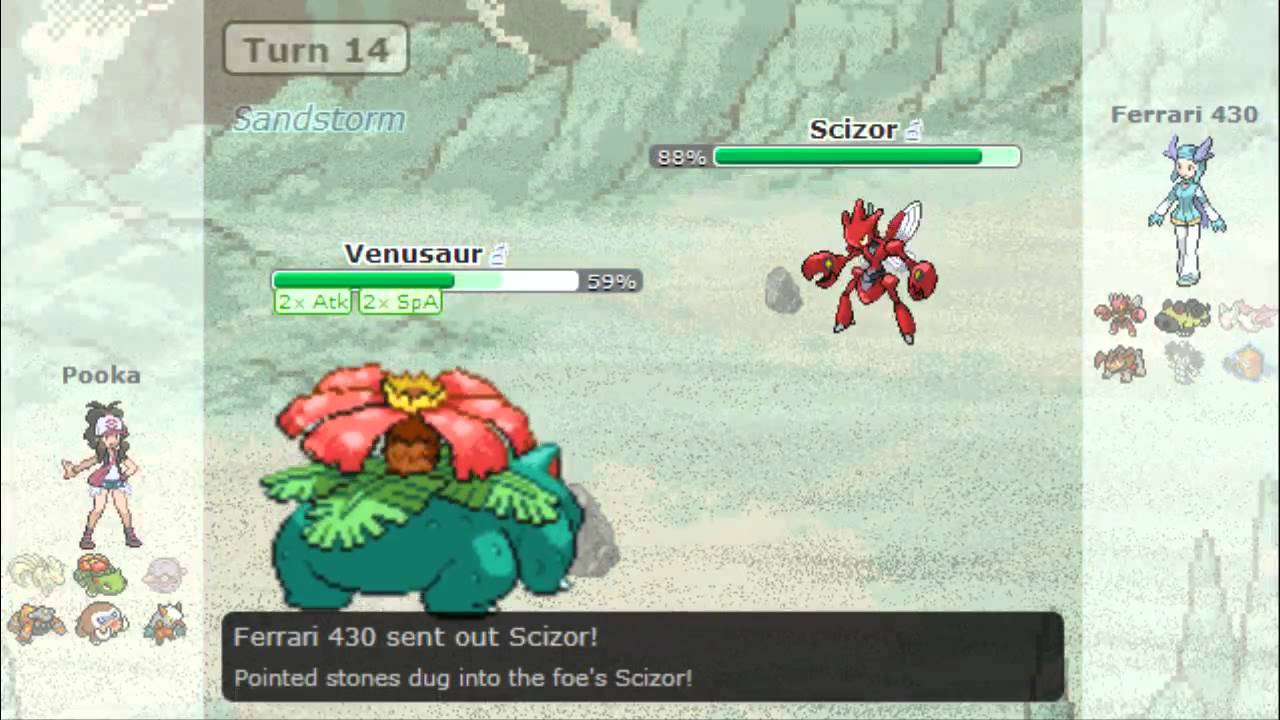
Pokémon can be a little confusing at first, but hopefully some of these tips will help you make sense of the competitive scene.
Some other resources:
Serebii – Database with information about all sorts of Pokémon information, including moves, base stats, and more!
Bulbapedia – Similar to Serebii, an online wiki devoted to all sorts of information about Pokémon.
reddit.com/r/stunfisk – A subreddit devoted to competitive Pokémon discussion. You can ask for advice about your team or theorize about potential new threats in Pokémon Sun and Moon
breakmyteam – A basic tool that can show you what kind of obvious weaknesses that your team might have.
Team Magma Team Builder – A tool to help you build and evaluate your competitive Pokémon team.

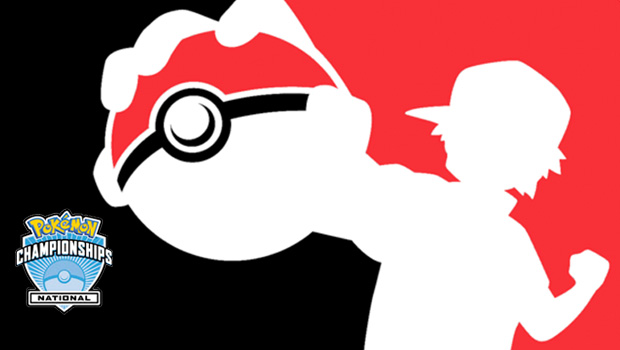



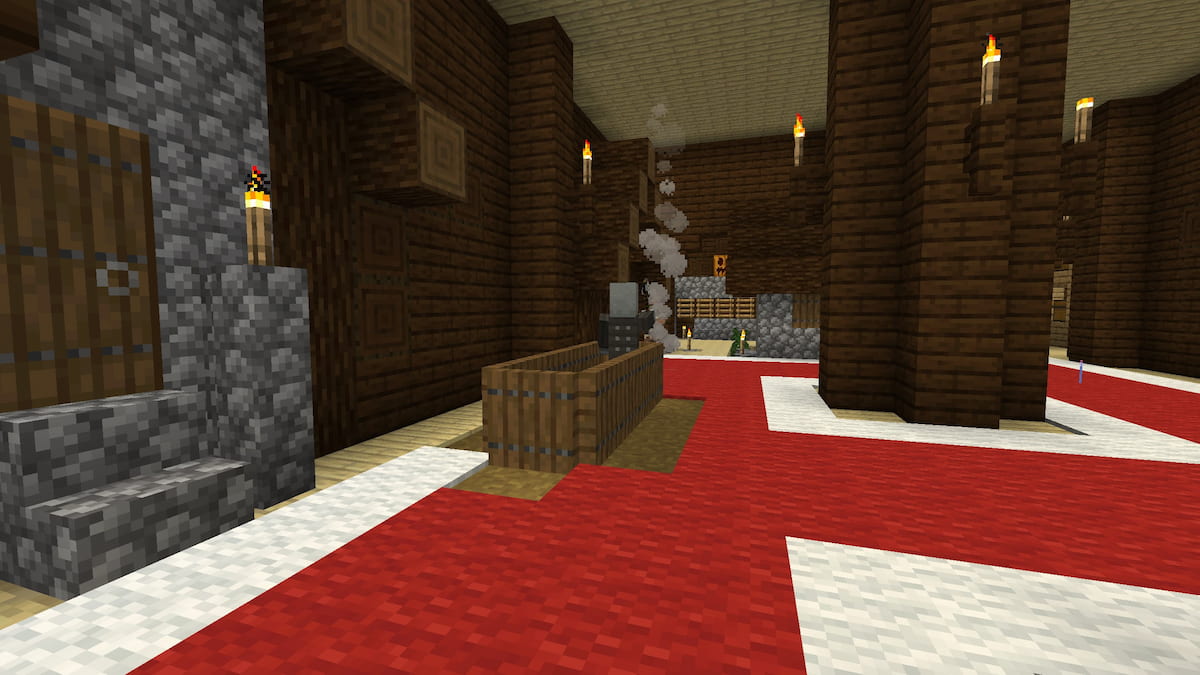
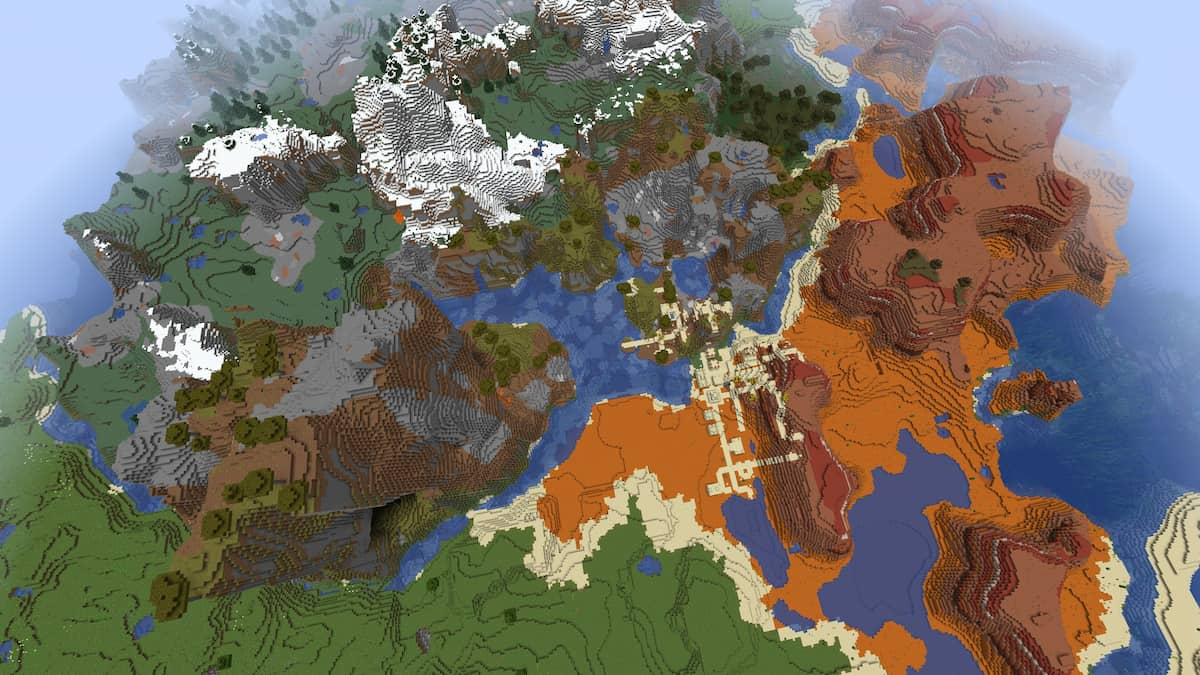
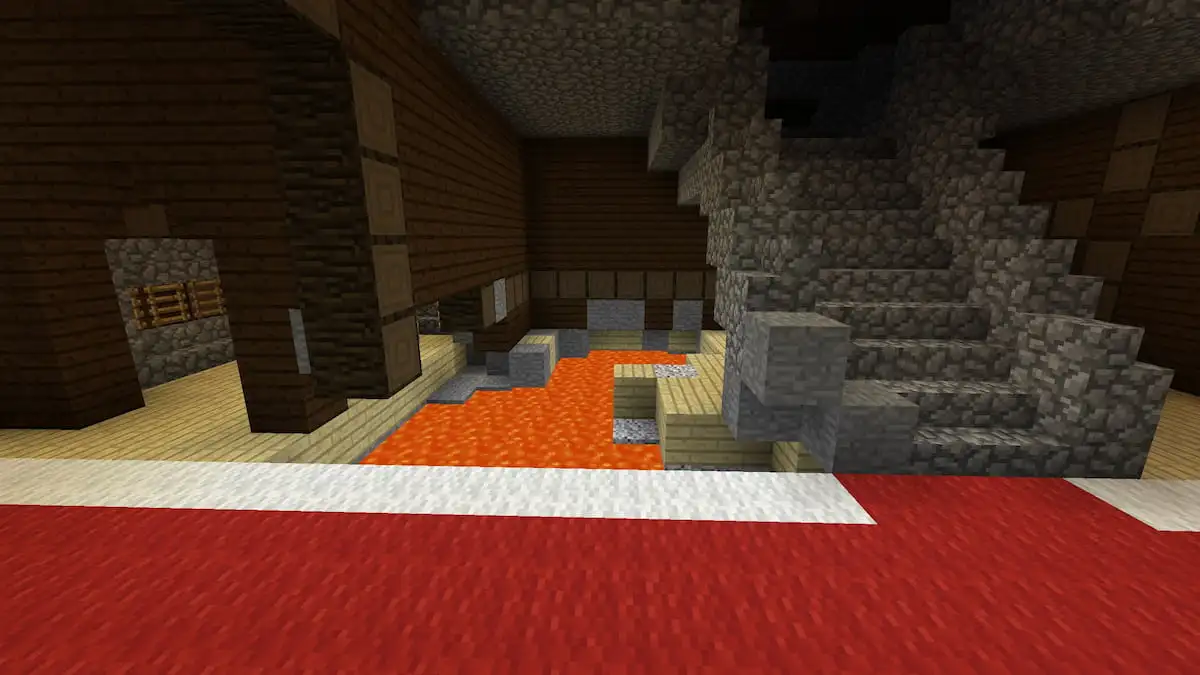
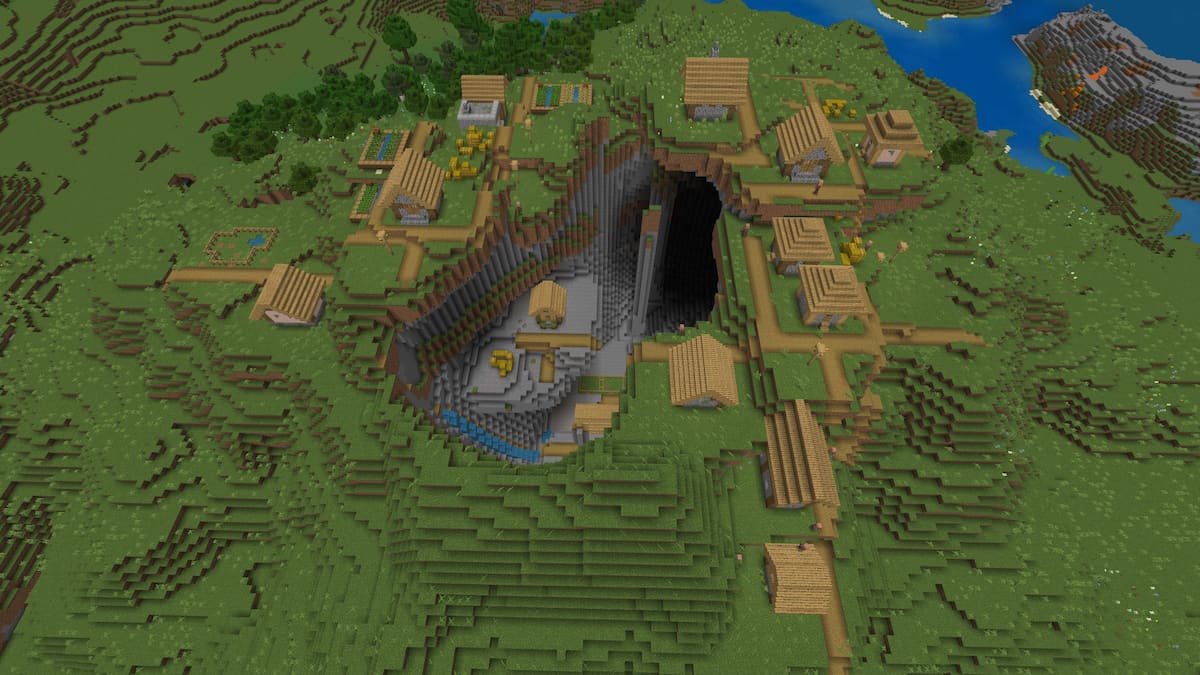
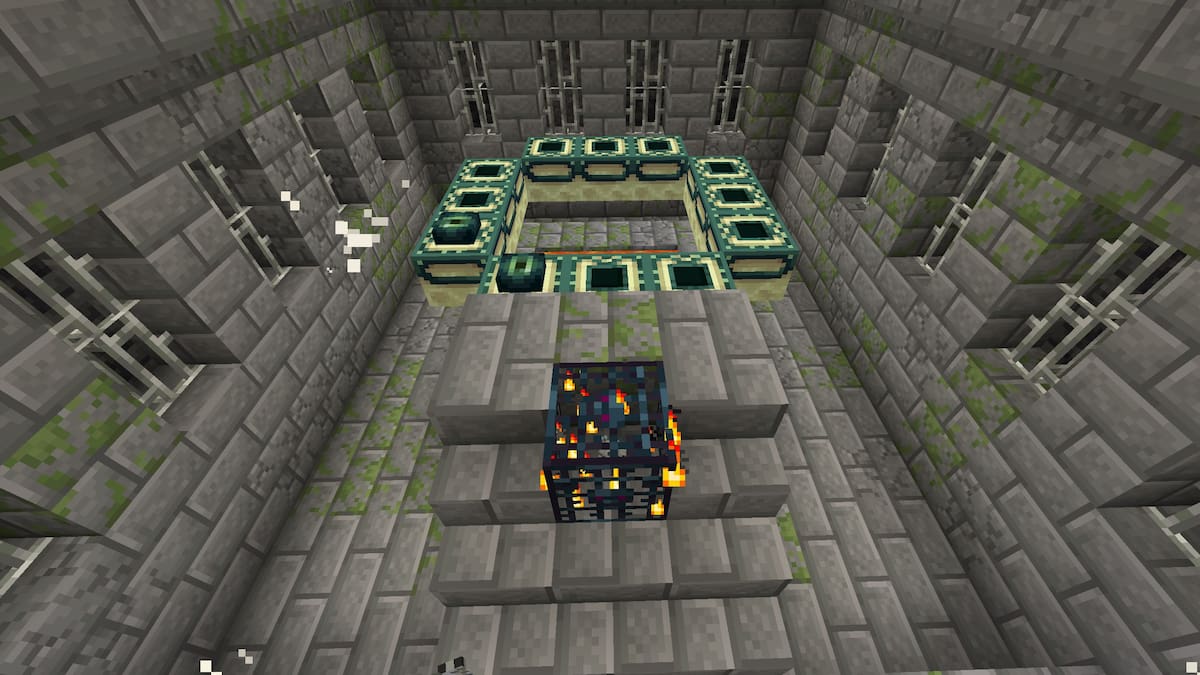
Published: Aug 21, 2016 07:34 am